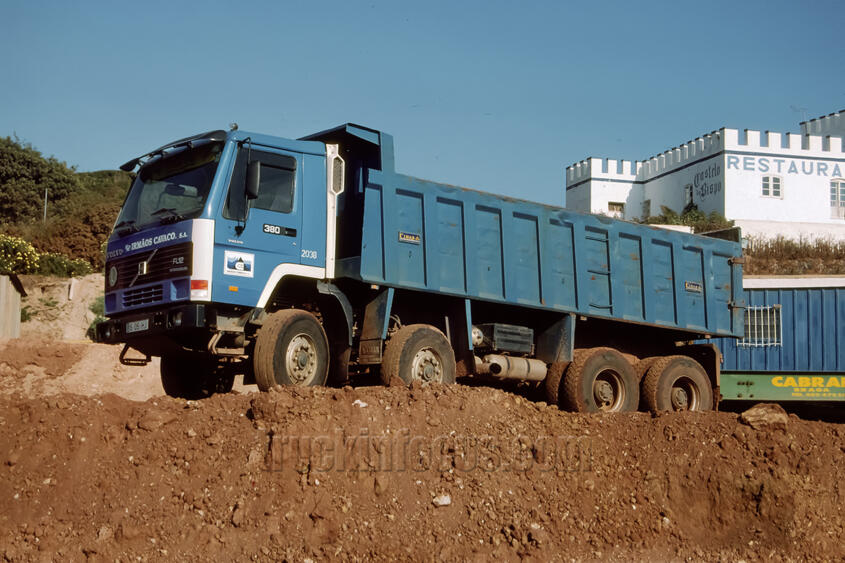The Volvo Chronicle
Page 8
By Christoph Büch (Berlin 2024)
As a successor for the CH 230, Volvo offered the FS 10 model in 1987 for the prestigious Swiss market, which was like an FL 10 with a high-mounted FL 6 Cab.
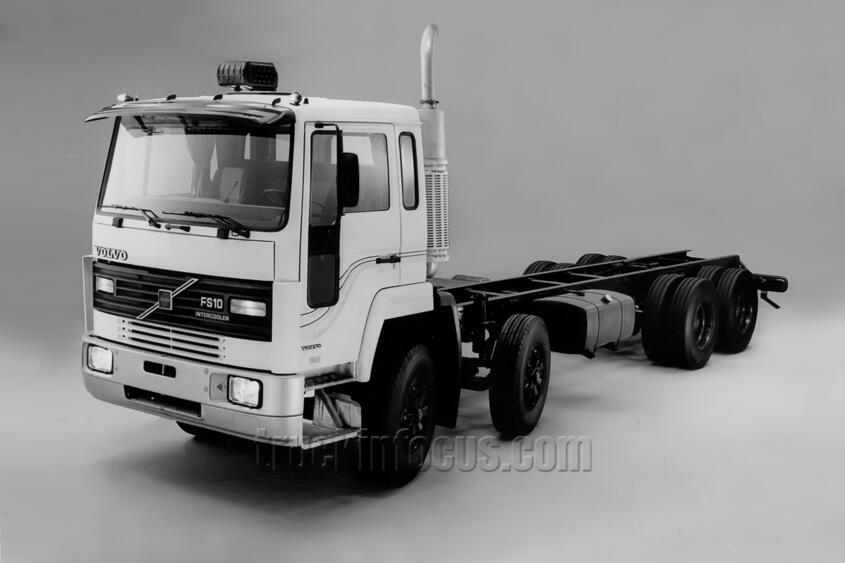
1987 was also the year Volvo introduced a new flagship, the F 16. Its six-cylinder, 16-liter engine initially produced 465 hp and from 1989 even 485 hp with a torque of 2,050 Nm. This meant that Scania's "King of the Road" had a rival. Externally, the F 16 was the same as its smaller brothers, the F 10 and F 12. In 1988, the F 10 and F 12 models received a final facelift with rectangular headlights and a more modern-looking black grille without silver trim. In addition, the layout of the openings between the headlights was different and the bumper now had two towing eyes instead of one.
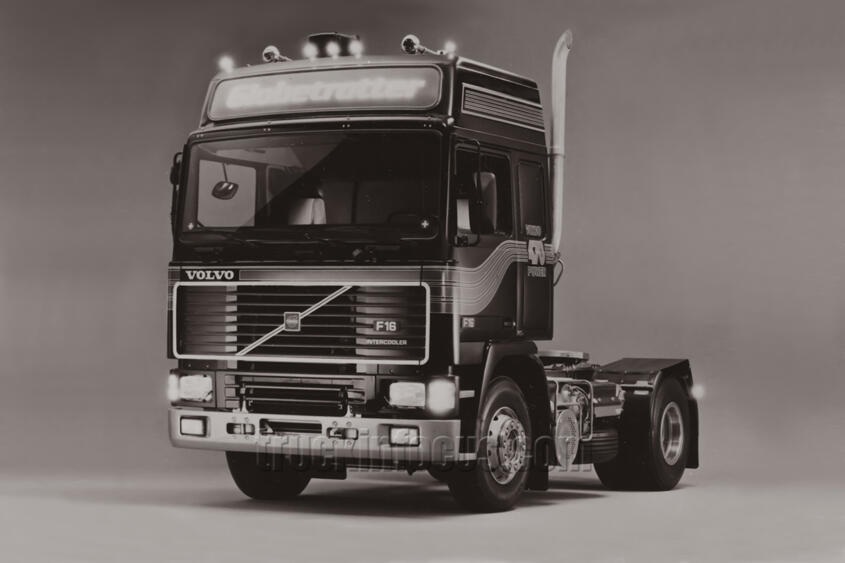
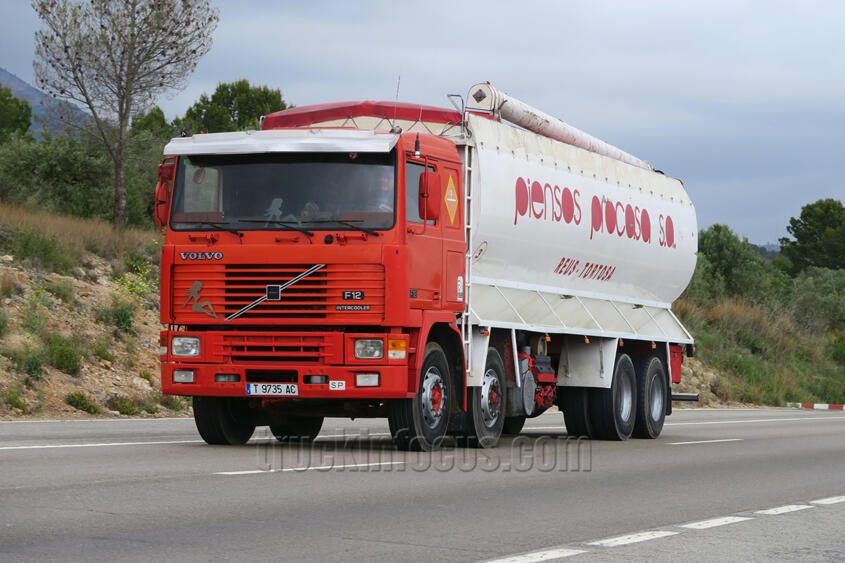
Merger with Renault
The early 1990s saw another merger: Renault Vehicules Industriels and Volvo Trucks acquired 45 percent of each other's shares. Initially, the joint production of components was on the agenda. With a total of more than 100,000 vehicles produced, Renault-Volvo was now the world market leader for several years, ahead of Mercedes-Benz.
In 1991, the FS 7 was introduced. A combination of the chassis of the FL 7 and the cab of the FL 6 brought a payload advantage of 500-600 kg. The FL 10 was similarly designed, combining the drive technology of the F 10 with a more compact and lighter cab. In the same year, Volvo introduced the "Geartronic" automated gearshift system for long-distance transport.
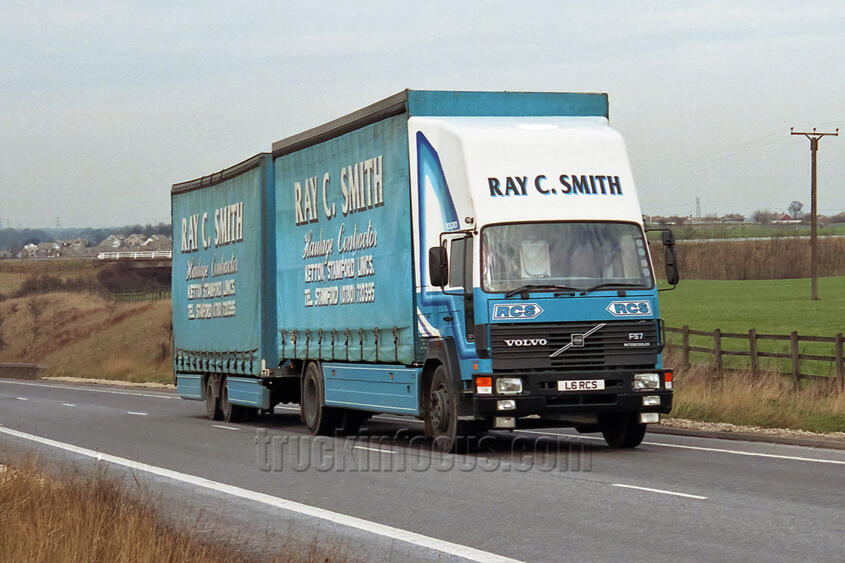
At the end of 1993, the completely new FH series was presented. The cab had been designed according to aerodynamic principles. The FH 12, whose newly designed in-line six-cylinder engine produced 340 hp, replaced the F 10 and F 12 models. Four valves per cylinder, electronic fuel injection and a newly developed engine brake were installed. The "Powertronic" and "Geartronic" automated transmissions were also available, as were engines with 380 and 420 hp. The electronics enabled a stable torque curve and low engine speeds (maximum power already at 1,800 rpm). The 16.1-liter engine of the FH 16 now produced 520 hp and reached a proud 2,400 Nm at low 1,000 rpm. The FH series received the "Truck of the Year" award in 1994.
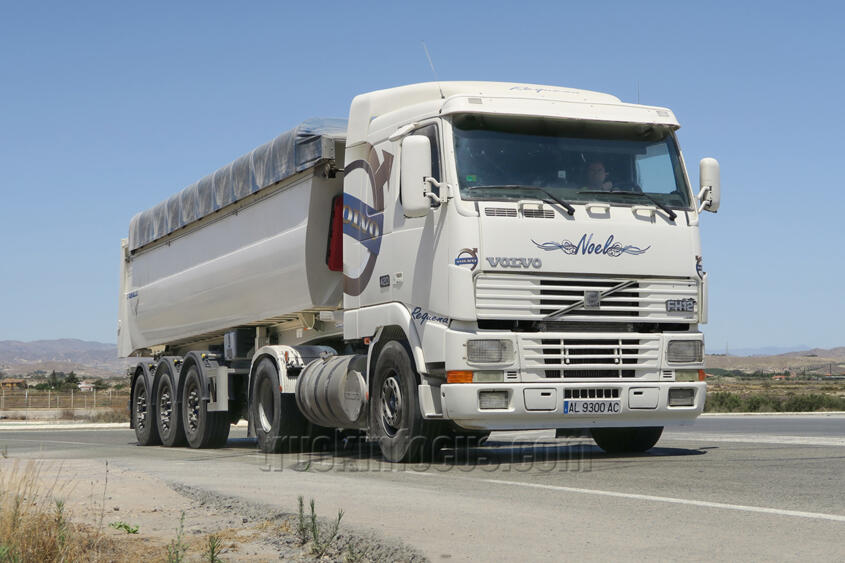
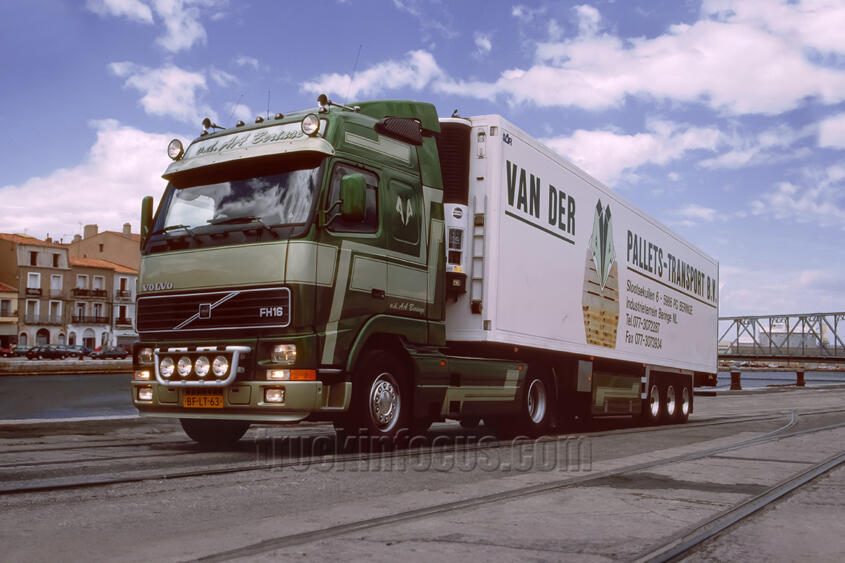
In 1995, the new FL 12 combined the driveline of the FH with the compact cab of the FL series. The FL series began with the FL 7, which was followed by the FL 10, and now the FL 12 was the heaviest variant with the FL cab.
